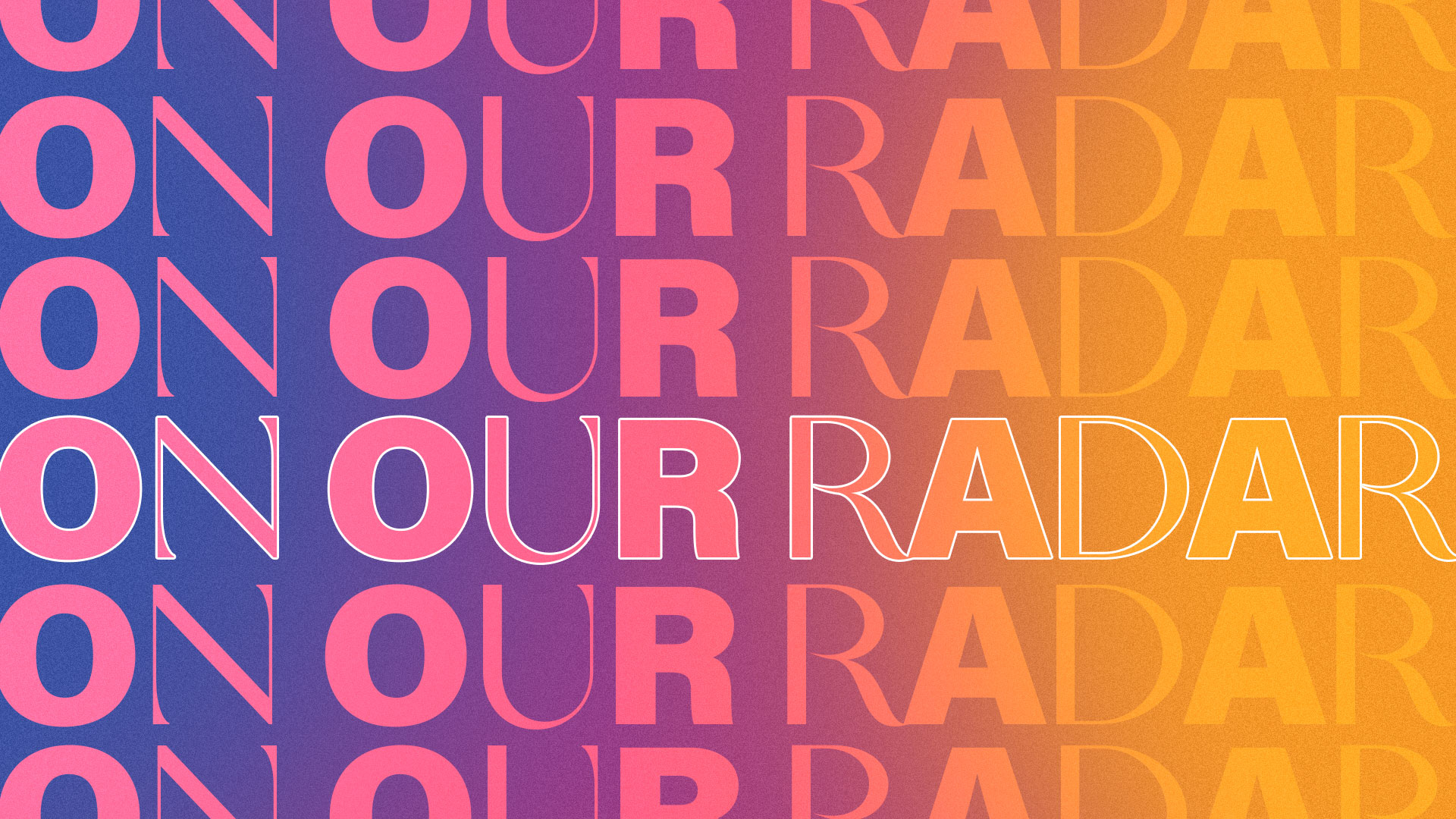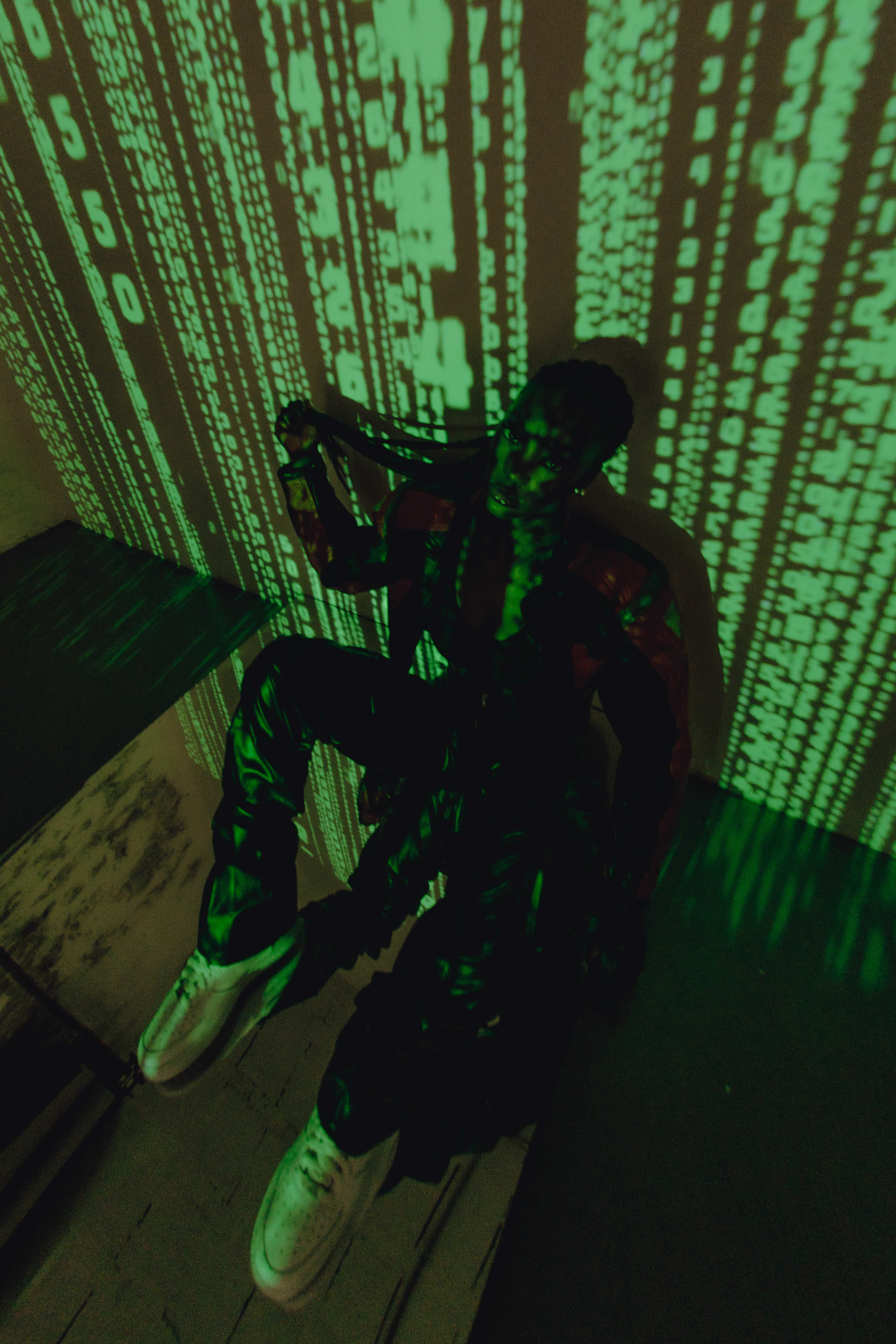A Visual History of Steezed Out Scalps

The saying goes: ‘your hair is your crown’, and throughout centuries, what that has really been code for is, the longer, the better. Since the beginning of time, art and literature have presented long hair as the standard of beauty and a measure of wealth and status, especially for men. Greek gods and Disney princes with their thick heads of hair and their suffocating sex appeal, for example. Anything shorter, and you were a lesser man, unworthy of women’s affection and doting.
Fast forward to the late 20th century, when things took a dramatic turn. Hair was no longer about proximity to beauty but about self-expression. Length made a return, courtesy of the hippie movement, which saw both men and women wear their hair as long and untamed as they wanted, as part of a wider counterculture movement against the powers that be. For the Black community across the globe, their protest came in the form of an afro, a sign of Black power and a departure from manipulating their natural hair to assimilate with their white counterparts. As youth subcultures emerged across Britain during the 1950s-1990s, so did different, unconventional hairstyles as a means of defining their aesthetics and values.
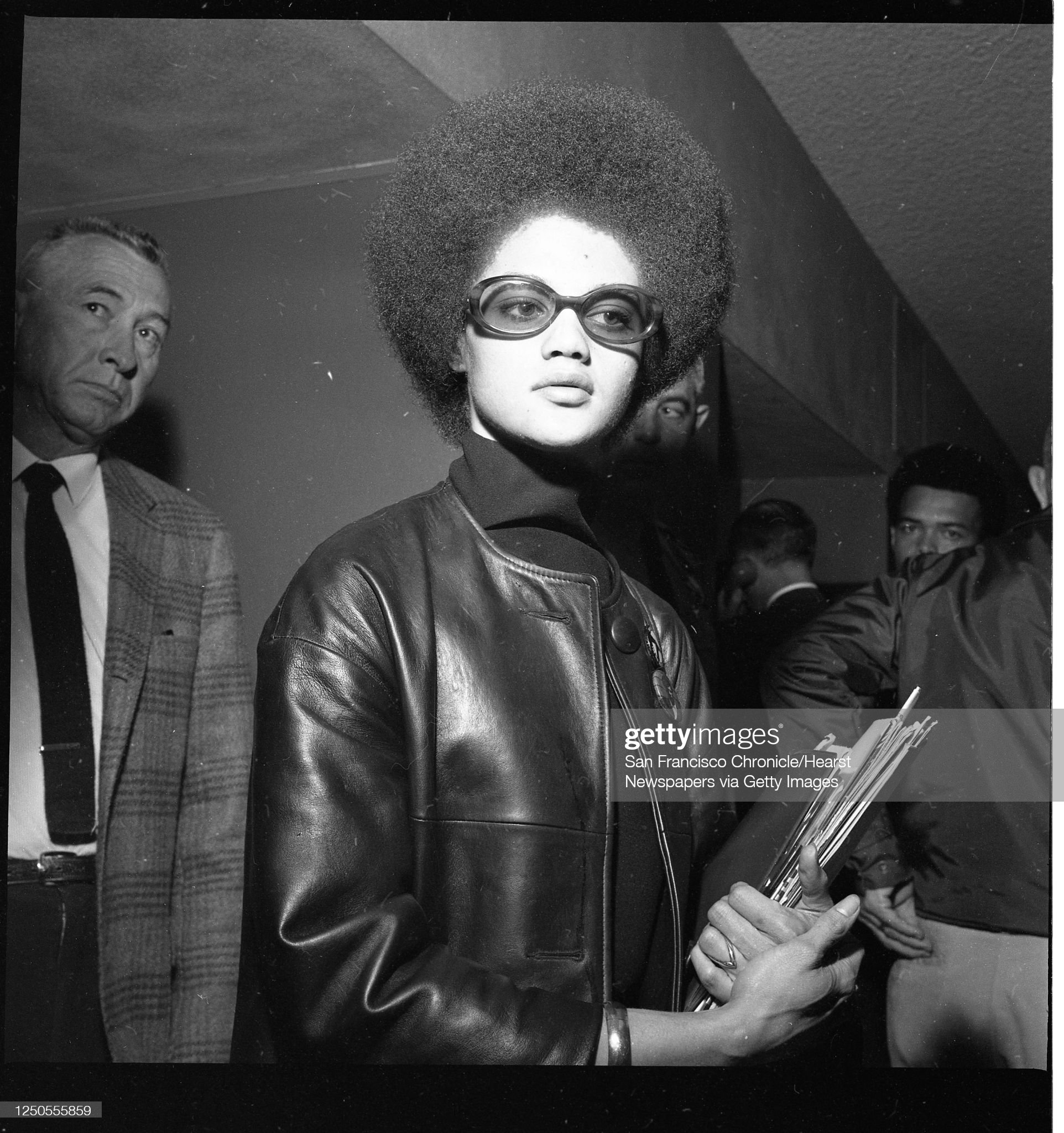
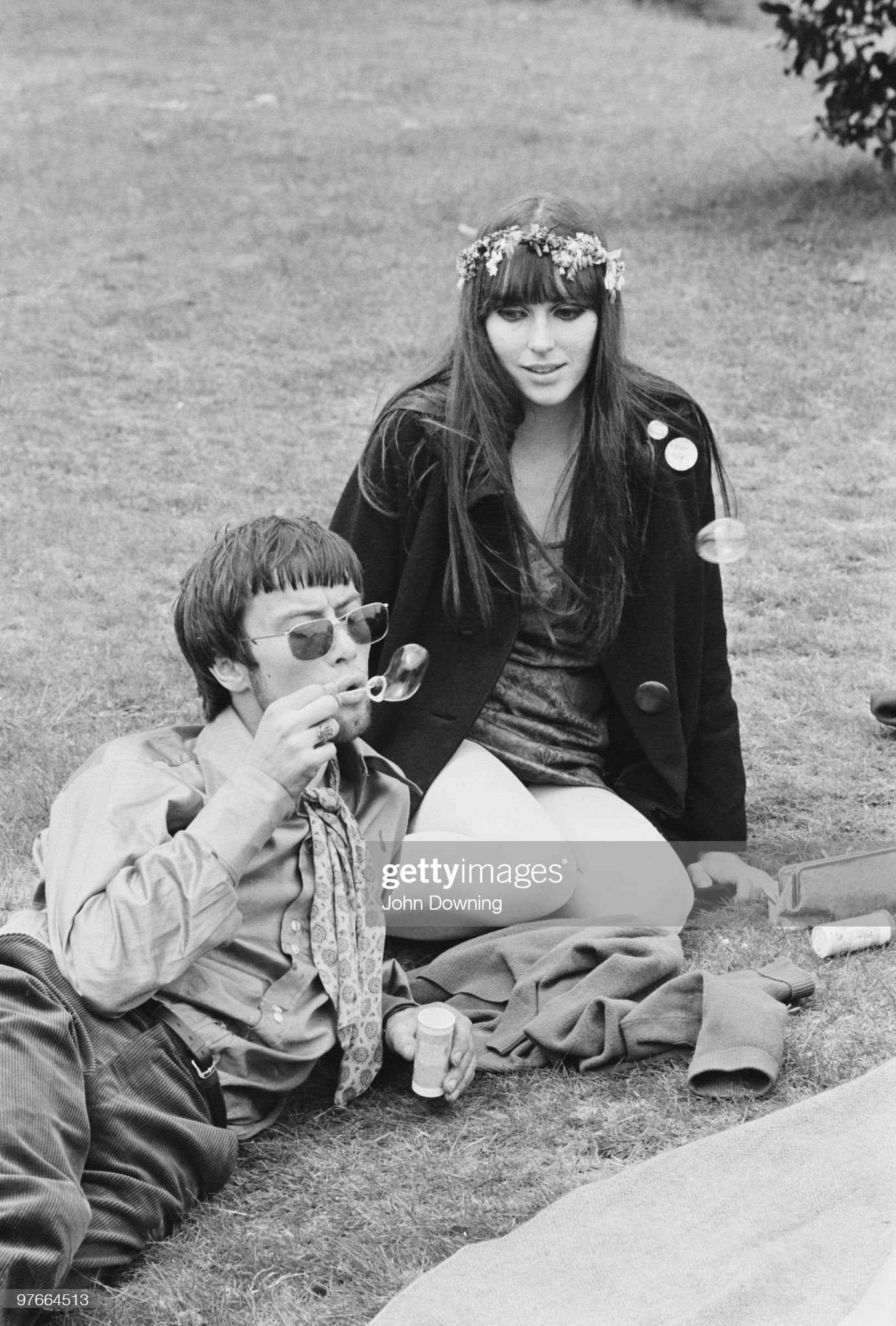
But no hairstyle better represents self-expression than the buzz cut. A blank canvas for the wearer to explore their creativity, this style has become a statement for the ever-changing ideas of beauty and a symbol of true unapologetic individualism.
Often remembered as one of the many experimental looks tried out in the 1990s, the grade 1 hairstyle became a thing long before then and was synonymous with some of the most rigid, traditional institutions we know.
A staple of army culture in America, this haircut was originally meant to serve as a form of control, to suppress the wearer’s personal identity. Soldiers fighting in the American Revolution were told that different hairstyles had no place in an equal society for all. During the first and second World Wars, buzz cuts were mandatory for the sake of uniformity, and since the ‘50s, regulation cuts have been enforced, making new recruits shave their hair to barely an inch.
Even prisons started to adopt the look, with inmates getting routine cuts to ensure there was nothing dangerous hidden in their hair and as a way of exercising the state’s authority over their bodies by making them all look the same. If originality and uniqueness meant nothing to you, then this hairstyle was the perfect fit.
As the 70s, 80s and 90s rolled around, anti-establishment fever was in the air, and appearances began to reflect the general feeling of the public. People were waving goodbye to respectable hairstyles and doing whatever they felt like, with steezy scalps becoming the go-to for anyone wanting to give the finger to the system.
The queen of giving the finger to the system, Grace Jones is notorious for her iconic flattop hairstyle, but before making it her signature look, she rocked a shaved head with a striking blonde stripe down the side. In her memoir, she writes that shaving her head led directly to her first orgasm, and she felt free because she was “less tied to a specific race, sex or tribe”.

Just like the model and singer, NBA star Dennis Rodman started experimenting with his hair to, as he told Oprah, “Kill the imposter” he felt he’d become during his early years of playing basketball. The nail-polish, wedding dress-wearing basketball player is no stranger to pushing boundaries, and his many, many hairstyles are evidence of this. From full coverage neon orange to leopard print to team logos, Rodman’s scalp was steezed out every time he stepped onto the court. The trick was to spray paint instead of using dye, allowing him to switch it up to match whatever mood he was in. Taking a hairstyle traditionally used to encourage compliance, and dyeing and embellishing it to his heart’s content, set him apart and made him the face of the rebellion against gender norms.
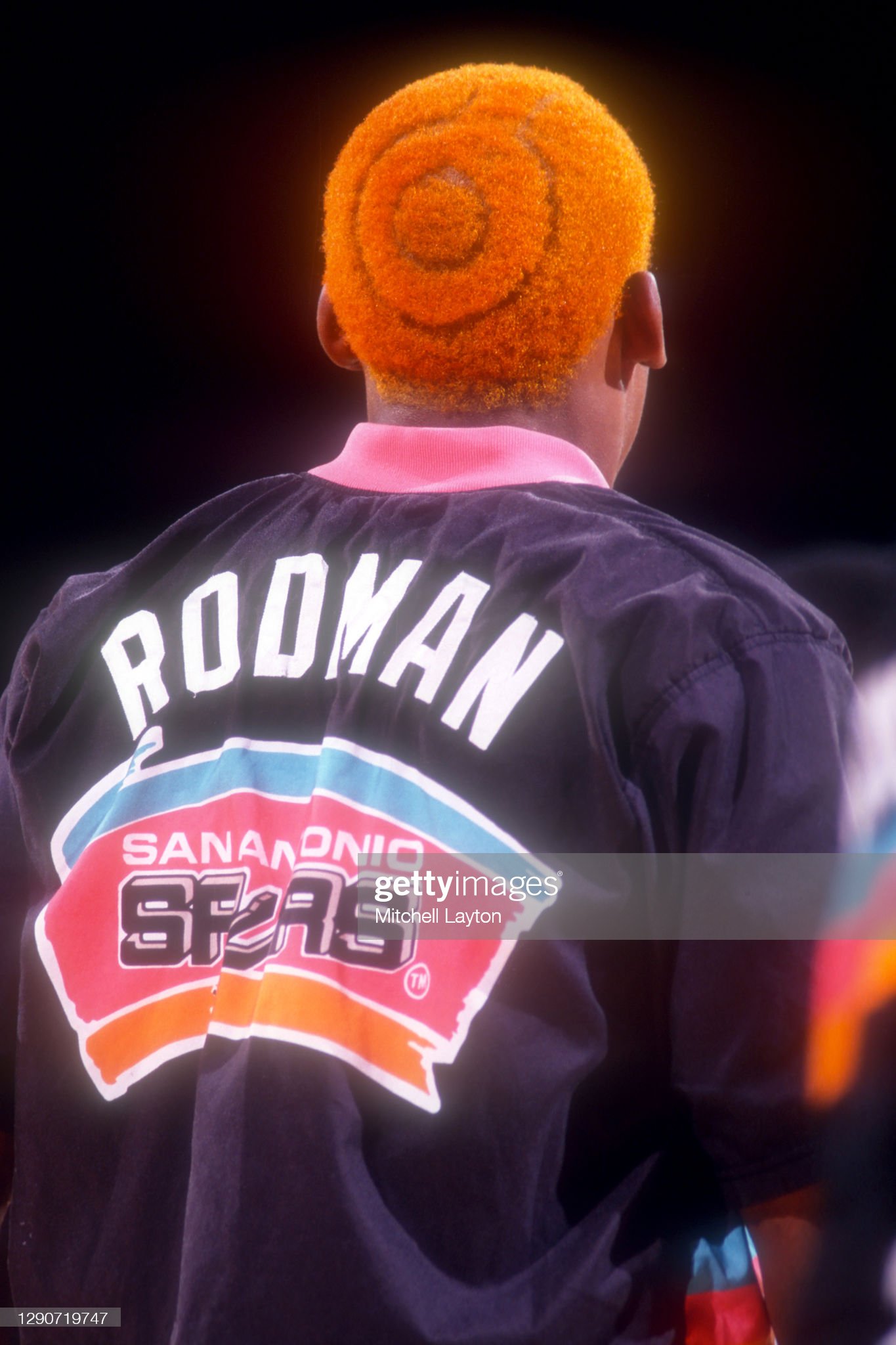

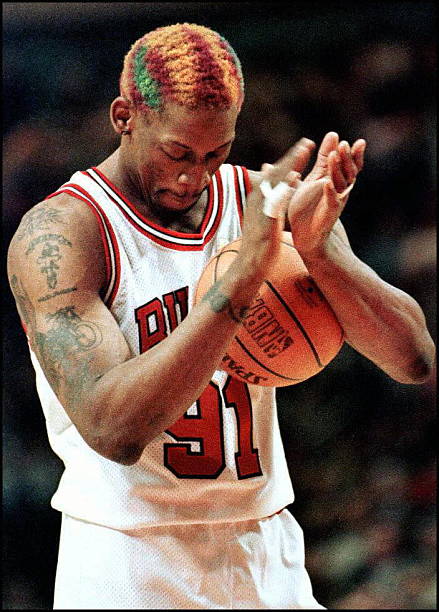
In an ironic turn of events, buzz cuts even became a signifier of how ideas of beauty were changing in the 2010s, thanks to famous faces like Amber Rose who sported her trademark platinum blonde buzz cut in music videos and on runways. Working in male-dominated genres like hip-hop and rap that objectified women based on their looks and sexuality, the positive response to her adopting a ‘masculine’ hairstyle was proof that a woman’s value was becoming less attached to the length of her hair. As a result, the floodgates opened for women to experiment with different, shorter hairstyles.
But gone are the days when steezy scalps were reserved for rulebreakers. Anybody can experiment with the low-cut hairstyle these days, whether to satisfy a desire to be different or just to elevate your appearance- which is never a bad reason. Houses like Dior are following suit, heightening the fashion week experience from only being about the clothes to the overall attitude of what a Dior man should look like. For their Resort 2023 menswear show, models went down the runway with peace signs embellished and tie-dye prints plastered on their scalps to match the LA-centric vibes of the show and collection. And countless other celebrities like Frank Ocean, Adwoa Aboah and Willow Smith have embraced the style, recreating it in their own way.
Fashion is never just about the items, but how you curate an image from head to toe to tell the story you want–and hair is an equally important part of the story as clothing is. Buzz-cuts, shaved heads and scalp art are the perfect styles for people who want to express their creativity–nothing is off-limits. There are no boundaries; just find your inspiration and run with it.
Discover more from GUAP’s Fashion section here




![ZINO VINCI’S ‘FILTHY & DISGUSTING’EP BRINGS YOU TO THE CORE OF THE ARTIST [@ZinoVinci]](https://guap.co/wp-content/uploads/2023/10/Zino-4.jpg)

